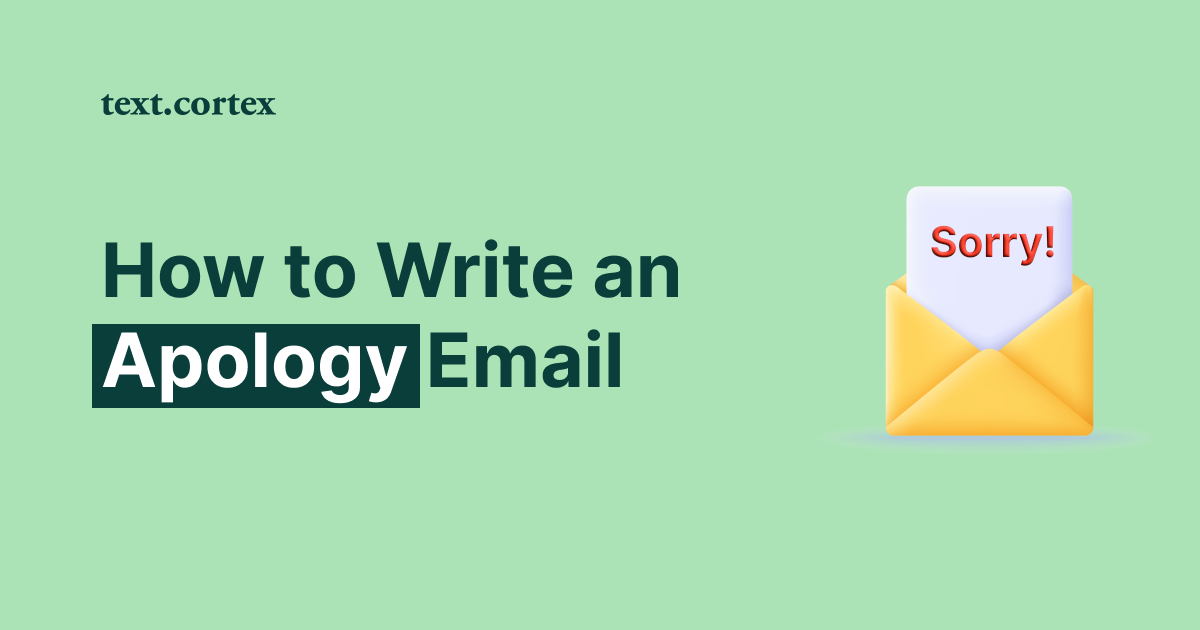Are you constantly researching the most effective ways to win over new prospects, yet nothing works? Or, maybe you believe your cold email efforts deserve a better response?
With such a broad marketing arena expanding exponentially, a strategy to stand out in someone's inbox deserves special attention.
Yet, with many different approaches, nothing seems to work in terms of the results you are expecting to get. And on top of that, it is frustrating on a level "I give up."
But that is not "mission impossible," trust me. And you will find that out soon why.
Today, we will show you cold outreach email examples, including information about what they are and what is the best formula to get your conversions going upward on the rating scale.
Stay tuned!
What Are Cold Emails?
The most common form of B2B contact is cold email.
And part of the reason why cold emails are the most favorable method of winning prospects is that 80% of people prefer sales representatives to contact them via email.
Another silver line of this trick is that you can reach your potential leads anywhere in the world.
This provides outstanding comfort to your cold outreach process — converting cold leads into potential consumers while preserving your company's professional image anytime, anywhere.
Even though it sounds like a fantasy, attaining a solid response rate from a single initiative can be challenging.
A carefully thought-out plan and flawless execution are essential for a successful cold email campaign.
Thus, let's move further into cold outreach email best practices.
Cold Outreach Emails Best Practices
1. DO’S — Winning Formula To Successful Cold Outreach Emails
💡DO#1 — Set Expectations For Your Prospects
Maybe your primary goal is to increase conversions, but it should not be your only goal.
You must nurture your prospects by engaging with as many as possible because you never know what will inspire them to stick around.
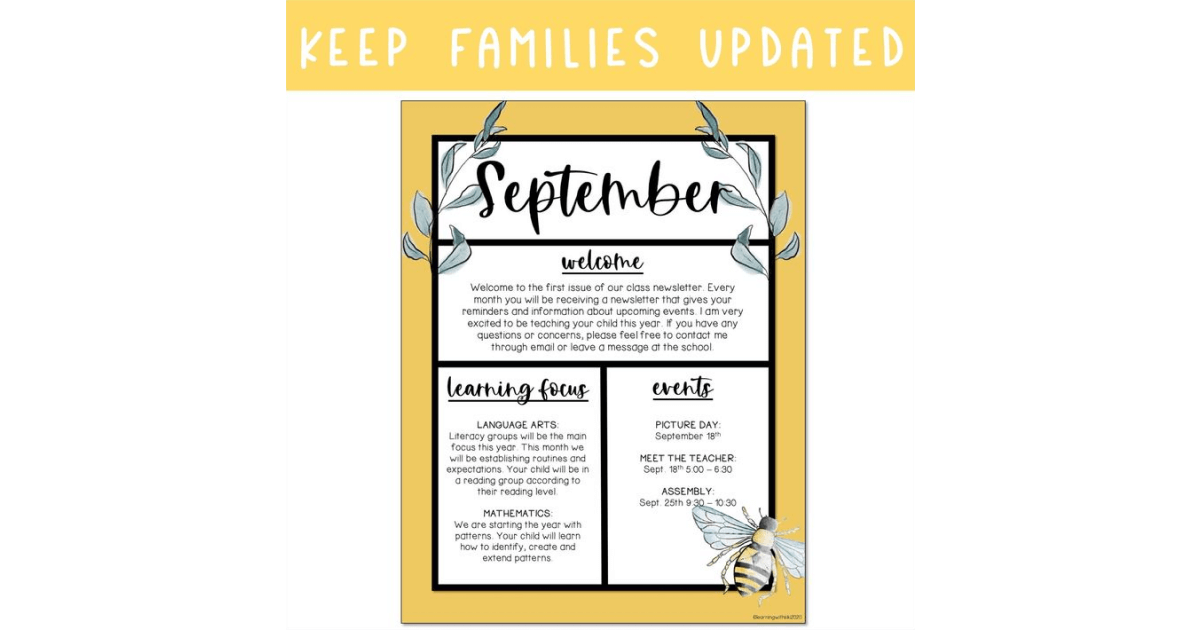
When reaching your prospects with cold emails, let them know what they can expect from you, and offer them a choice to pick what kind of email they would like to receive.
That will help you organize your email listing according to your prospect's preferences, which brings us to the next step.
💡DO#2 — Segment Your Email List
General emails are not a good idea since none of us likes them. One of the reasons is that they are too broad with information, and another is that it gives a random impression.
People like personalized emails, in which they can recognize that you made an effort to figure out their interests.
For example, if I bought a lamp, I don't want a newsletter in which you are informing me about new drills in your product listing.
Here is an idea of how to segment your cold emails properly:
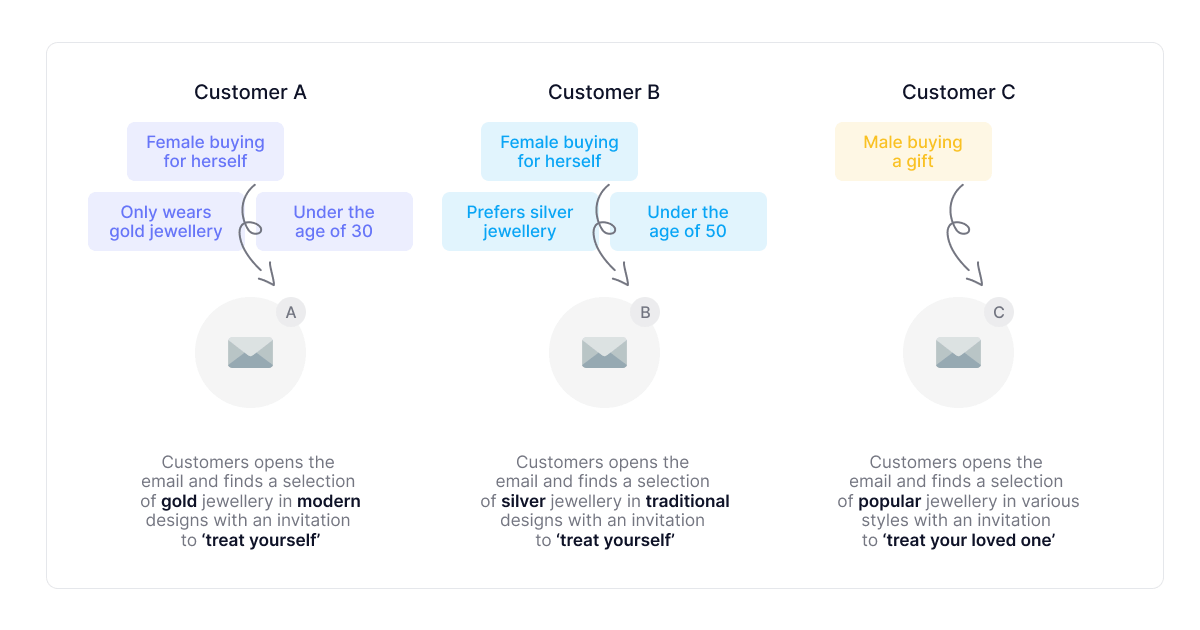
Since over 347 billion emails will be sent daily by this year, segmenting your emails appears to be a sensible and beneficial idea.
If you don't believe us, you will consider these numbers:
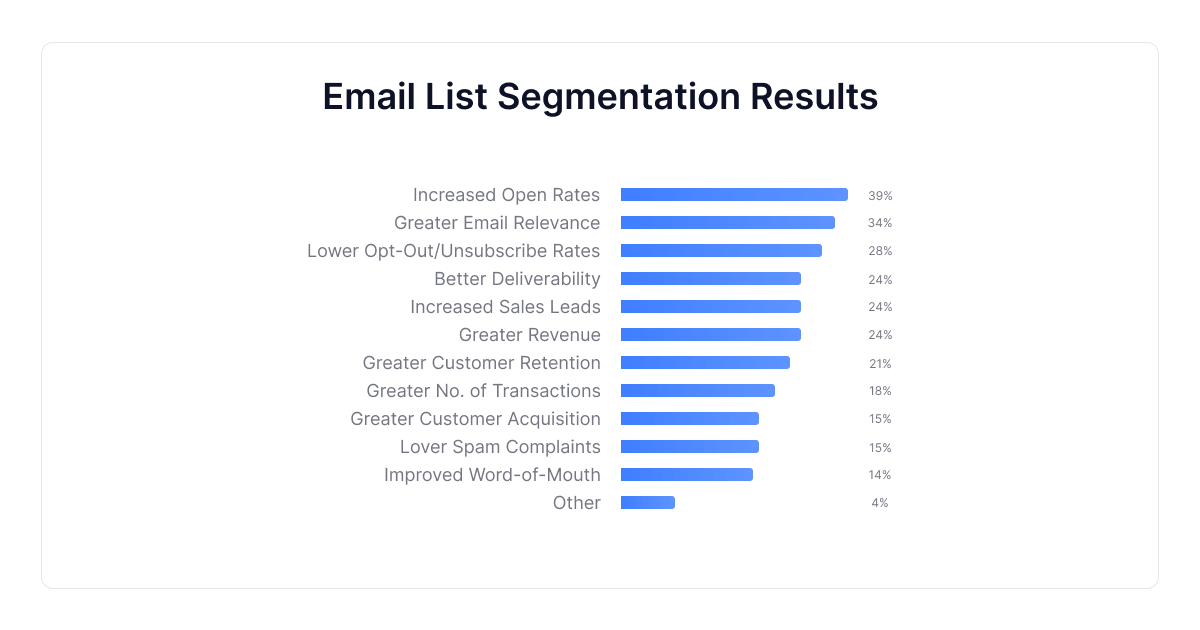
To get things moving upwards and towards these results, you need to organize and structure your subject lines properly. Perfect timing for:
💡DO#3 — Write Compelling Subject Lines
You probably already know about the importance of subject lines. But to put the exact amount of urgency on the subject, let's first take a look at how massive the "impact" rate subject lines can bring:
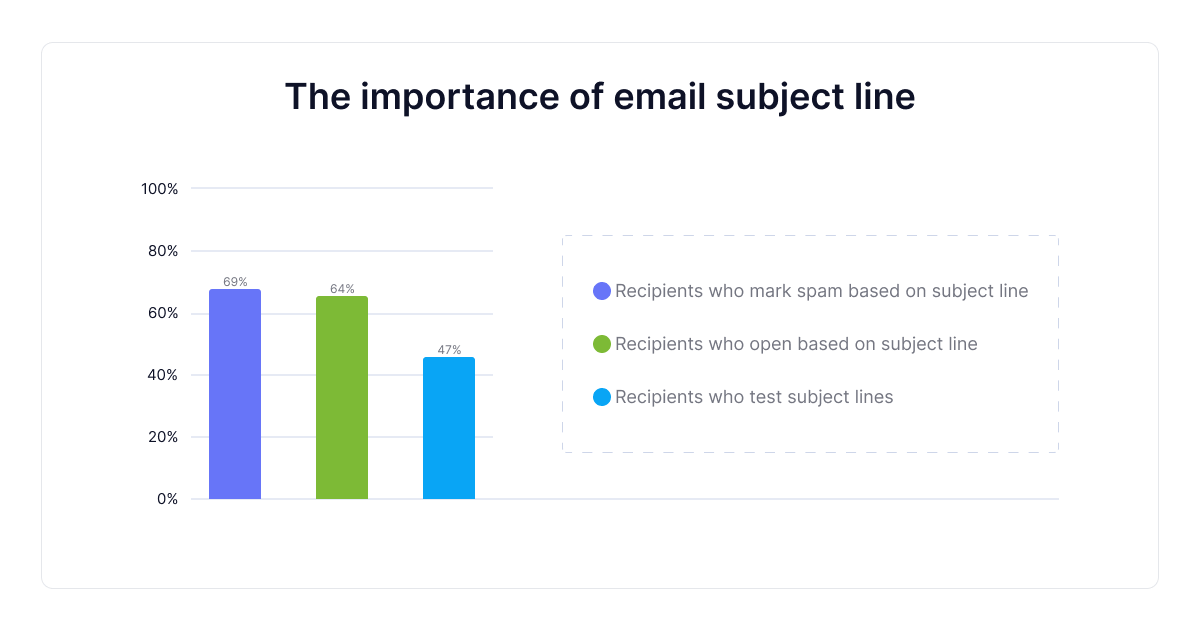
And if we add to this information that over 4 billion people use emails (and the number is rising), you can realize that you are in the tough race for high open rates.
Not to mention additional distractions such as competition and their efforts to win over prospects.
Simply put, your subject line needs to be effective and catchy enough to invoke the FOMO (fear of missing out) effect we usually see in Facebook Ads.
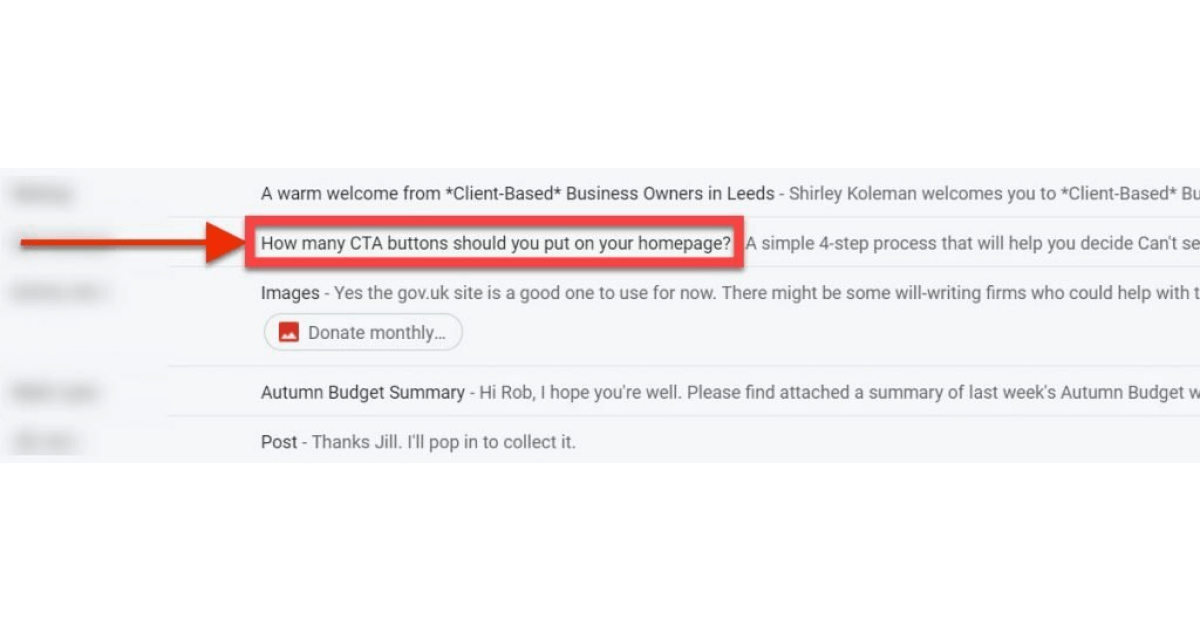
Best practice says to use emotional triggers to engage the targeted audience to open your email, such as:
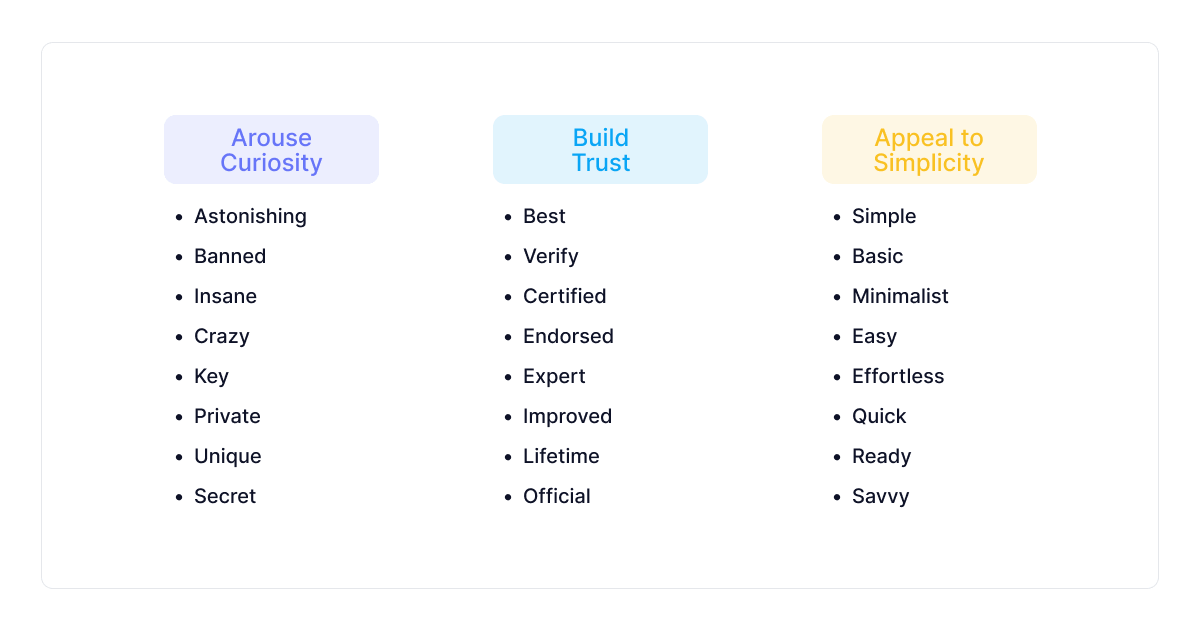
Keep in mind that it is not only enough to catch the prospect's curiosity with a compelling subject line. You need to back it up with valuable content. Here is how:
💡DO#4 — Sent Relevant Content
Since we now know that segmenting emails works like a charm for practical conversions, it is essential to work on the concept of your cold emails for a targeted audience.
To pick a prospect's interest, you need to provide relevant content to them. You'll need to define their needs, predict their concerns, and offer long-lasting solutions they can count on.
Here is an example of an excellent strategical plan on how to twerk your content for the targeted audience:
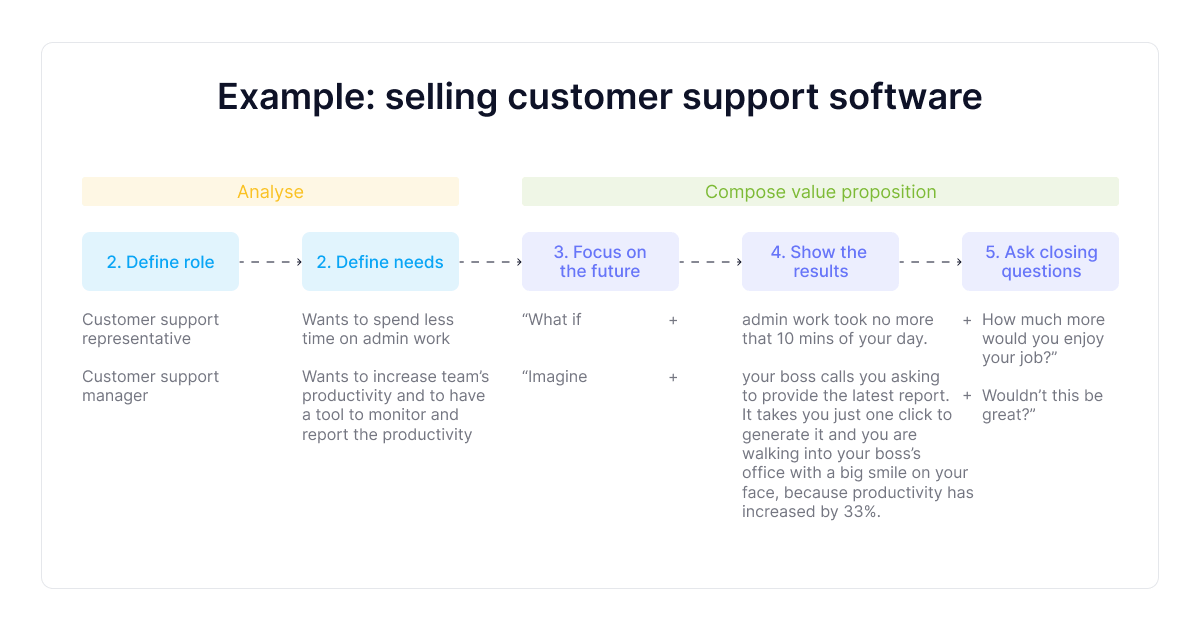
Compelling content in your email will establish you as a trustworthy source that always puts customers' needs before the sales. And that is a formula that actually brings more conversions.
However, compelling content does not necessarily require extensive content length. Let's check why in the following step.
💡DO#5 — Be Short And On-point
According to a Litmus report, the average time people spend reading emails is 13.4 seconds.
This is the time you can count on when generating your emails. And with that said, you need to figure out the main key points you want to address to your subscriber.
If you go overboard with too much information, your emails might end up in a spam folder. And that is not what we want.
The best solution for more successful open rates is to keep your emails always on point by implementing the PAS method in your cold emails:
- Problem — Determine a problem.
- Agitate — Sympathize about it a little.
- Solve — Provide a solution.
Using this technique, you'll ensure that your emails are constantly on topic and contain the relevant details your prospect would want to respond to.
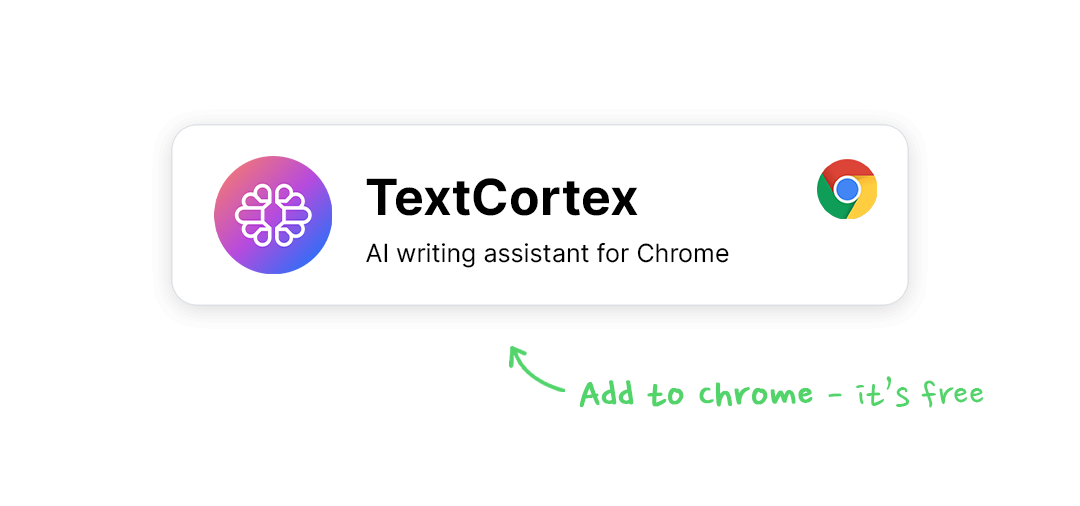
💡DO#6 — Be Consistent
In business, consistency is priceless.
That is because people are more likely to recognize your brand and it is incredibly encouraging to know that you are not giving up on encouraging your potential leads.
Every marketer in the world struggles to understand when a customer is ready to make a purchase.
Because of this, 35% of marketers regularly contact clients three to five times per week. And you can accomplish this by simply automating your cold email outreach.
Here is an example of how to do that:
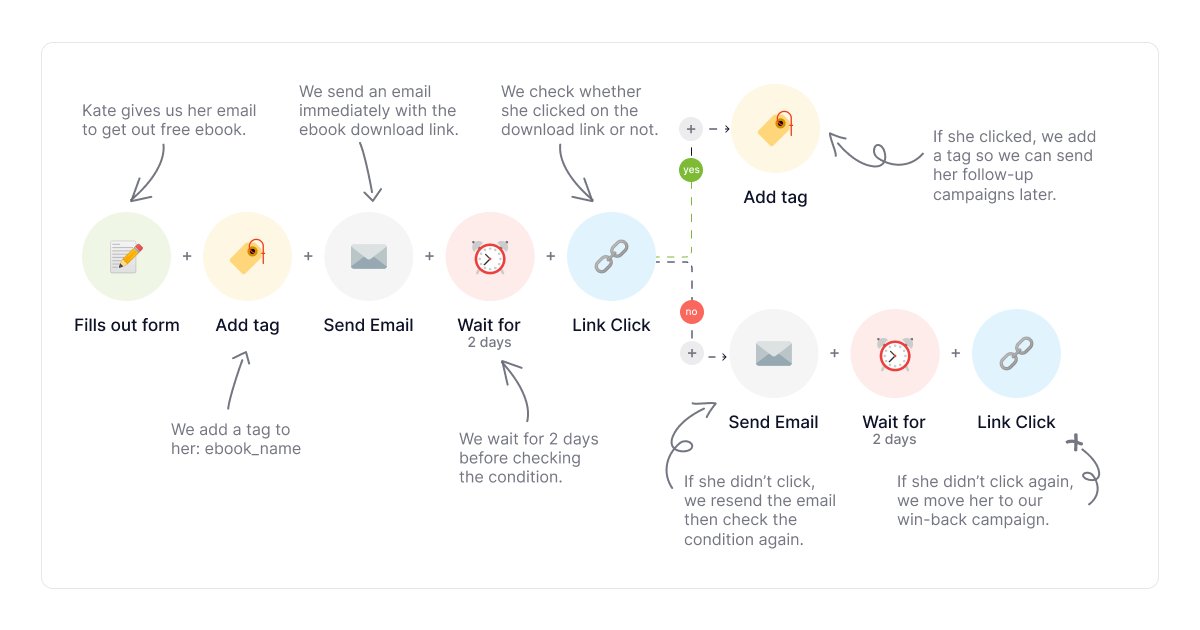
You won't miss any opportunities to increase the number of leads coming your way if you are consistent in your cold email marketing.
2. DON’TS — Most Common Mistakes With Cold Outreach Emails
🚫DON’T#1 — Don’t Forget Footer In Your Email
What we usually put in the footer is an "Unsubscribe" button. If you leave this out, your emails might get blocked or marked as spam.
🚫DON’T#2 — Don’t Disregard GDPR Regulations
The GDPR is a legislative standard that protects European Union (EU) citizens' personal data and applies to any company that holds or processes their data, even if the entity does not have a corporate presence in the EU.
If you want to keep your reputation intact, set the boundaries when converting your prospects, and keep in mind that doing business at all costs is not worth the risk.
🚫DON’T#3 — Don’t Buy Email Listing
Any connection should begin with trust. So, for example, if you buy an email list, that is a form of cheating. And people know to recognize fraud.
Most of them have never visited your store or website, yet they receive emails from your company?
It sounds suspicious enough to me to block you for good.
Do you think prospects will treat such an email differently?
🚫DON’T#4 — Don’t Be Too Salesy
"Not at all salesy" is the most acceptable way to advertise your products and services and achieve the desired results.
If you are too harsh on your prospects while reaching out to them, forcing them to buy from you, that is a terrible business plan that will land you in the spam bin or block list again.
Now that we mastered the best practices let's move to something even more concrete — cold outreach email examples.
9 Cold Outreach Email Examples That Will Bring Results
The instructions are helpful, but having templates handy is even better.
Here are 9 frequent examples of cold outreach emails to use whenever the opportunity arises.
1. Introduction Cold Email Example
The main goal of introduction cold emails is to introduce you, your business, and a potential prospect to each other.
Since your prospects are just about to find out about your business, make sure not to go overboard with many details.
Instead, provide them with a meaningful value such as income percentage in the following example:
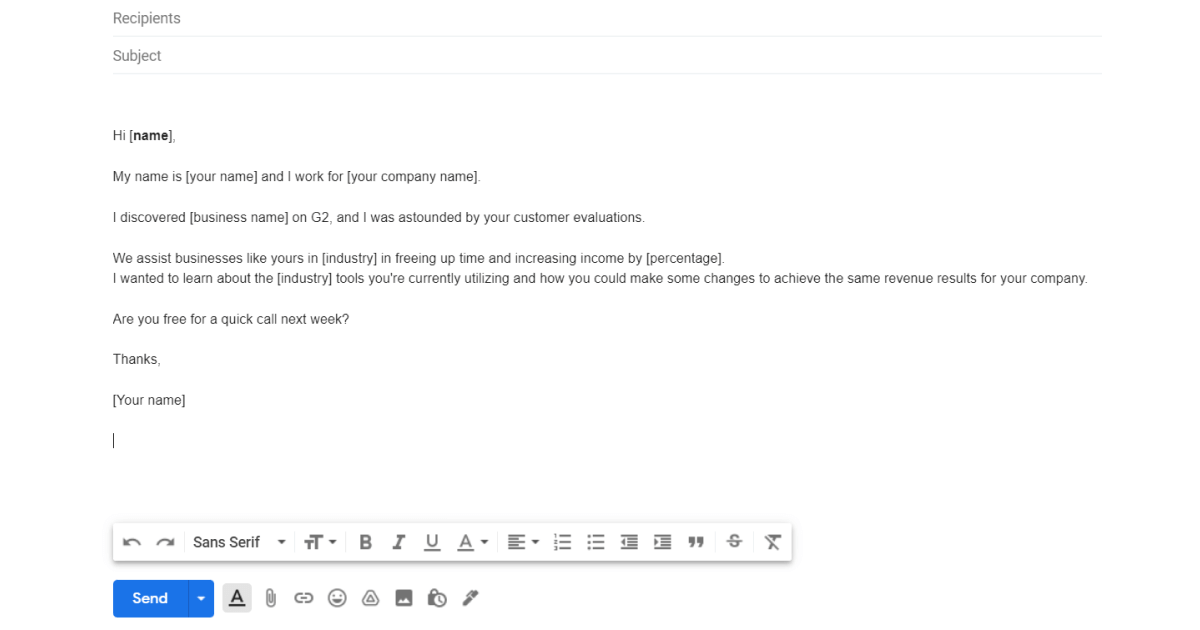
As you noticed in the example, the entire email is about THEIR business. And to make sure it gets a response, you should:
- Research the prospect you are sending an email to.
- Provide outstanding offers according to their needs.
2. Personalized Cold Email Example
The purpose of a personalized email template is to demonstrate that you:
- Understand their business.
- Pay attention to market developments.
- Know how your product might benefit them.
Let's check it out:
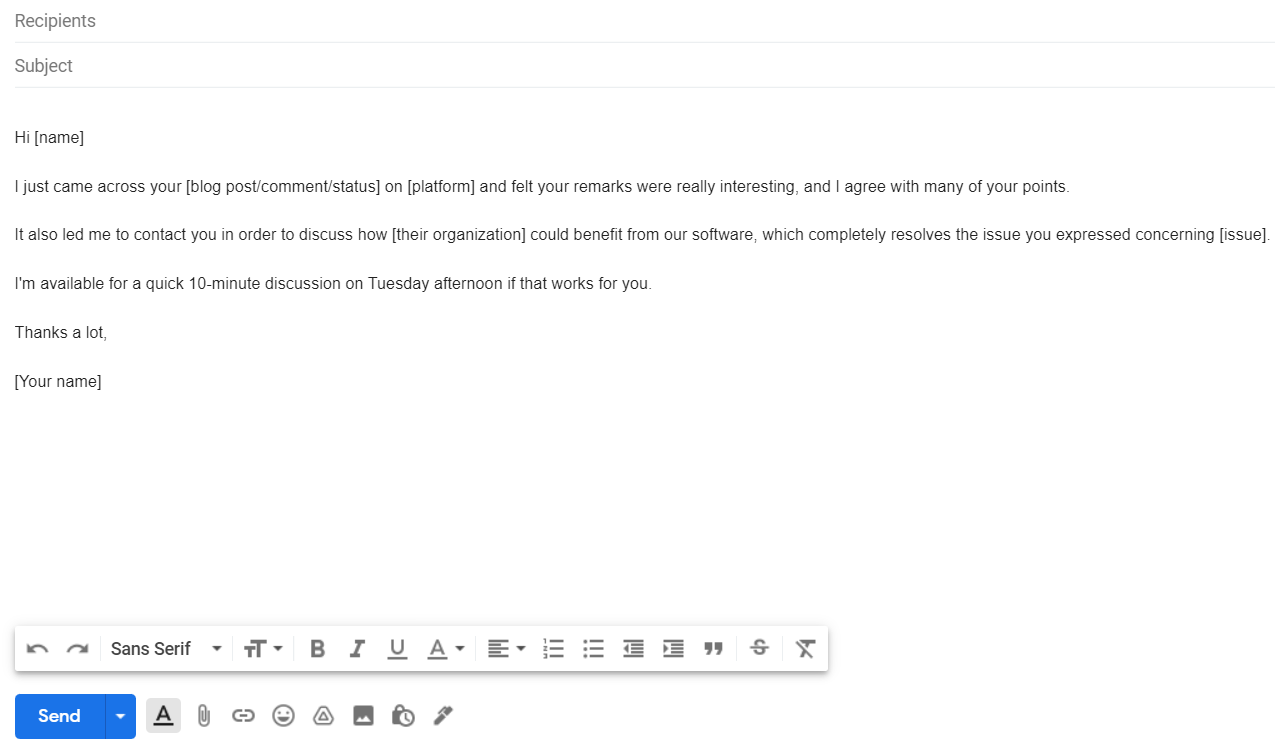
Emails don't have to be overly personalized, but they need to provide the reader with enough details to indicate that they aren't getting a generic blast.
3. Before-After Bridge Cold Email Example
The before-after-bridge email is a technique for using your product to build a story:
- Before: This is where your business is at the moment (i.e. highlighting the problem)
- After: If the issue is resolved, this would be the result.
- Bridge: How to get there (i.e., your offering or remedy)
Here is how to achieve that:
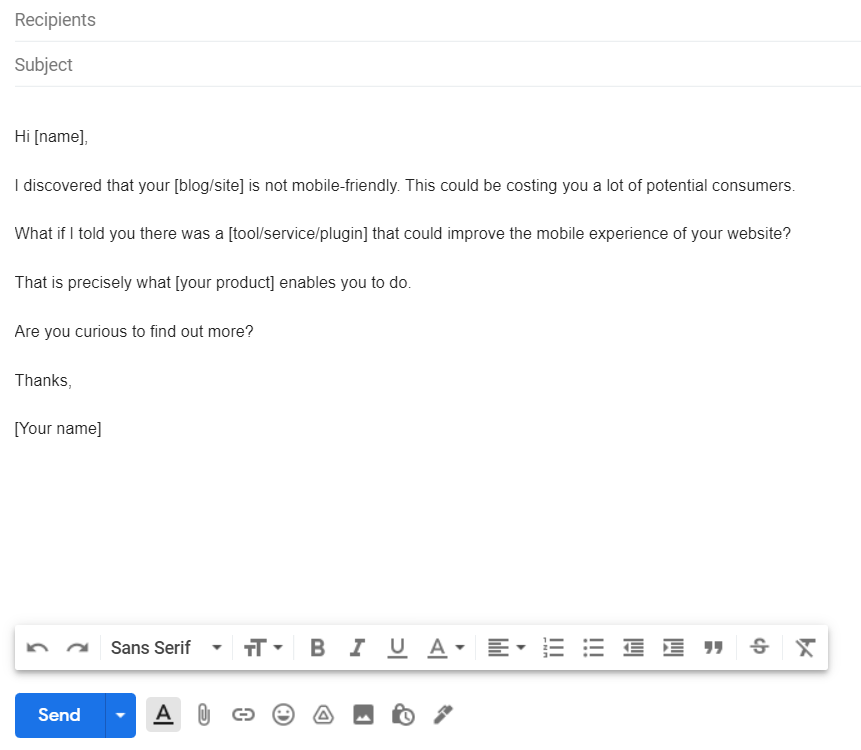
To craft this type of email successfully, you need to identify the prospect's challenge and outline a solution.
Two emotions motivate humans to conduct — pleasure and pain. And both are the focus of this cold email template.
4. Helpful Content Cold Email Example
Not every cold email has to be a sales pitch. Instead, whenever a potential customer opens one of your emails, your goal should be to add value.
You can send them a useful resource instead of pitching them your goods right away:
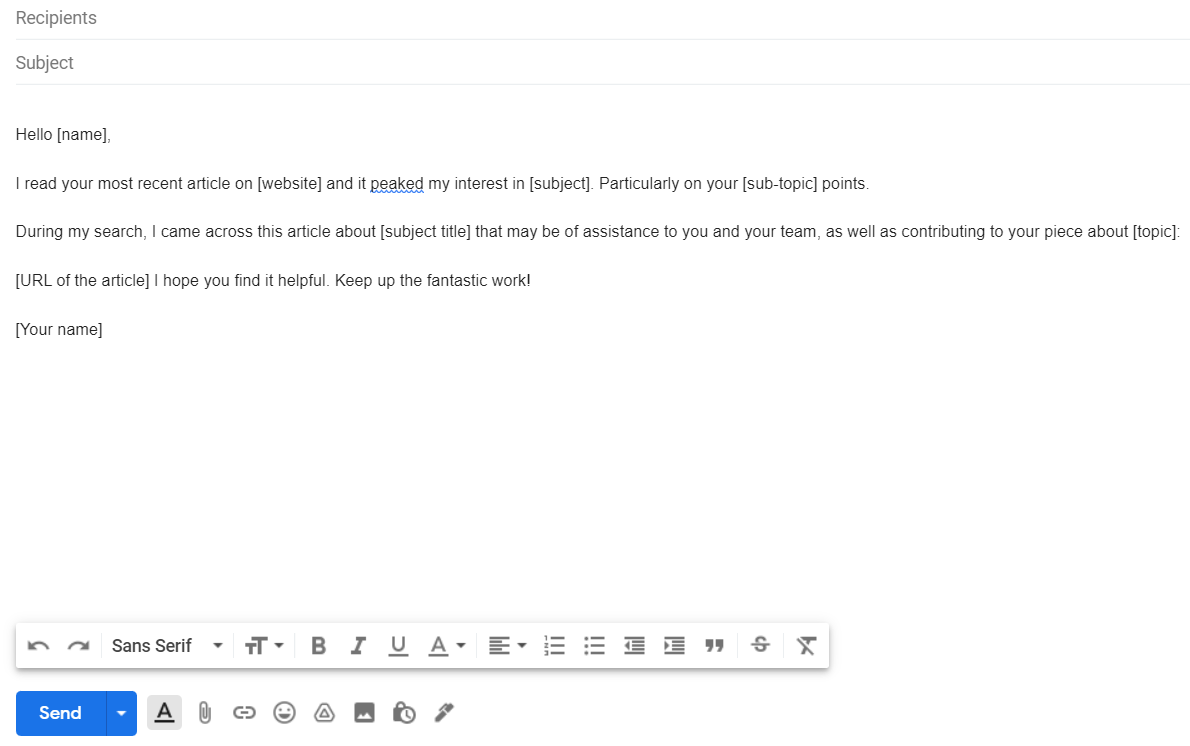
Adding content to your prospect's inbox is one of the finest methods to establish a relationship, especially when you're cold emailing.
5. Mutual Connection Cold Email Example
When a potential customer sees that you and they connect on some level, it immediately establishes a level of trust that advances the process of developing a partnership.
Use your commonalities as an opening line and then get to the point:
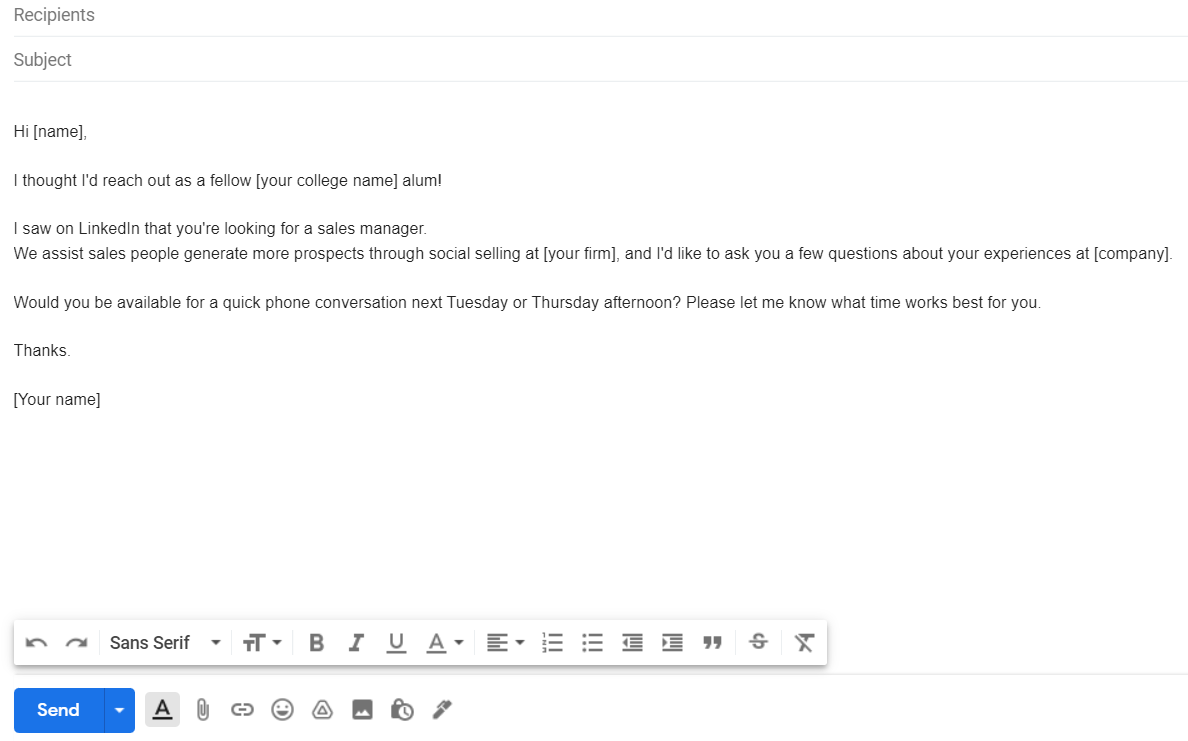
When writing mutual connections, cold emails leverage social proof to highlight a relationship both parties share. So, if you have any connections, mention them.
6. Social Media Cold Email Example
The social media accounts of potential clients might be a gold mine. Here you can find out their opinions, interactions, and hobbies.
Mentioning one of their Twitter posts about blogging while everyone else is emailing your prospect about an offer or a discount, may pique their interest.
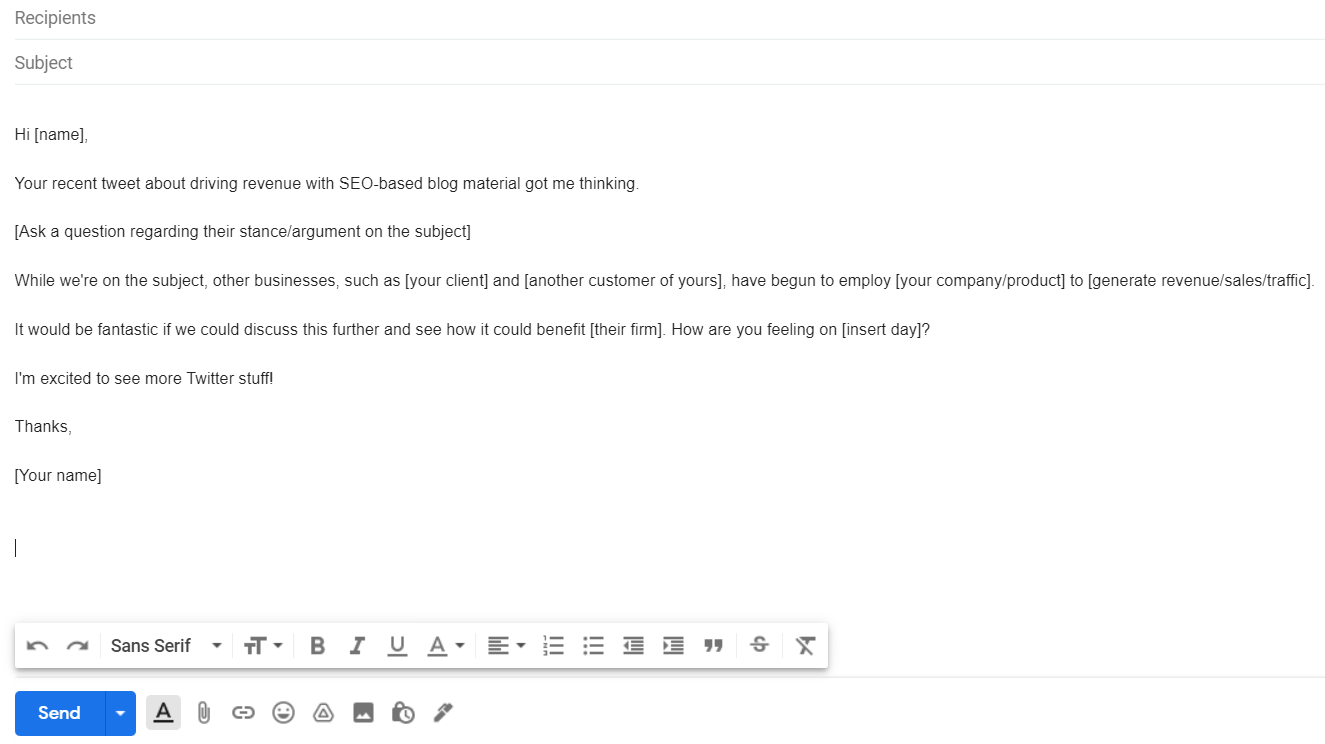
Social media cold emails are appropriate to use as a research tool for your cold email outreach activities.
They might also help your email stand out in a crowded inbox.
7. Competitor Cold Email Example
The challenge with pitching the clients of your rivals is that you have to tread carefully. You don't want to jeopardize your reputation by unintentionally discrediting your rivals.
So, you should try to persuade the potential customer that your product is a better fit on their own.
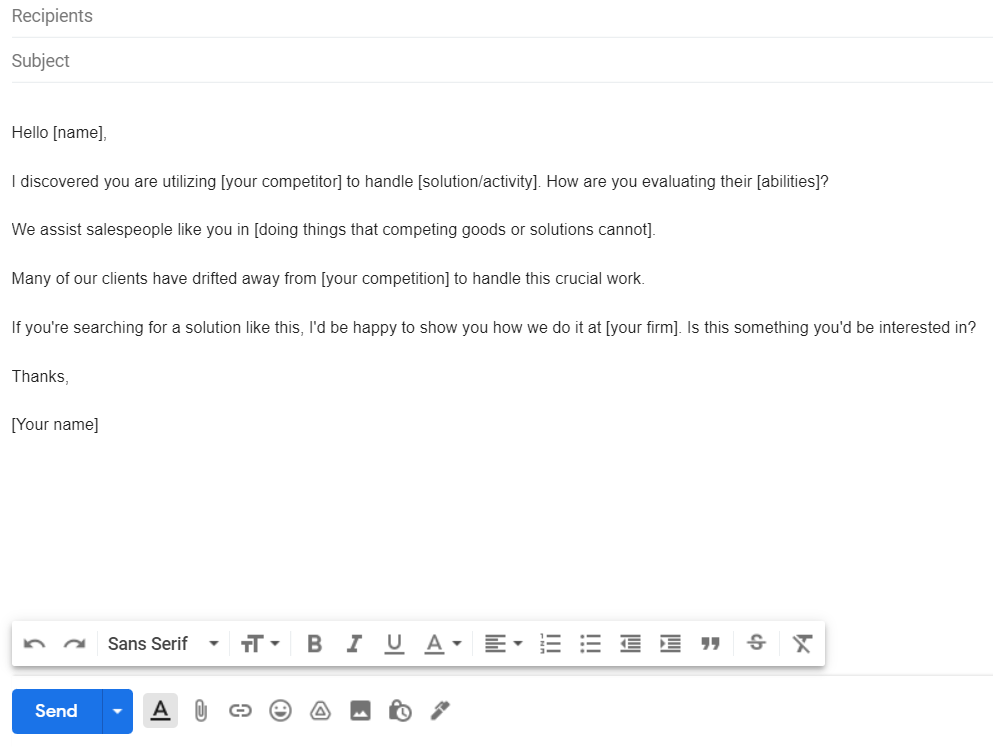
Competitor cold email is a tried-and-true tactic you should use when going after prospects that utilize your competitors' products.
8. Results Cold Email Example
Results cold email demonstrates to your prospect the effectiveness of your products and services using actual data.
For example, the data points can show how much more money a customer's company has made from you or how many more customers they now have.
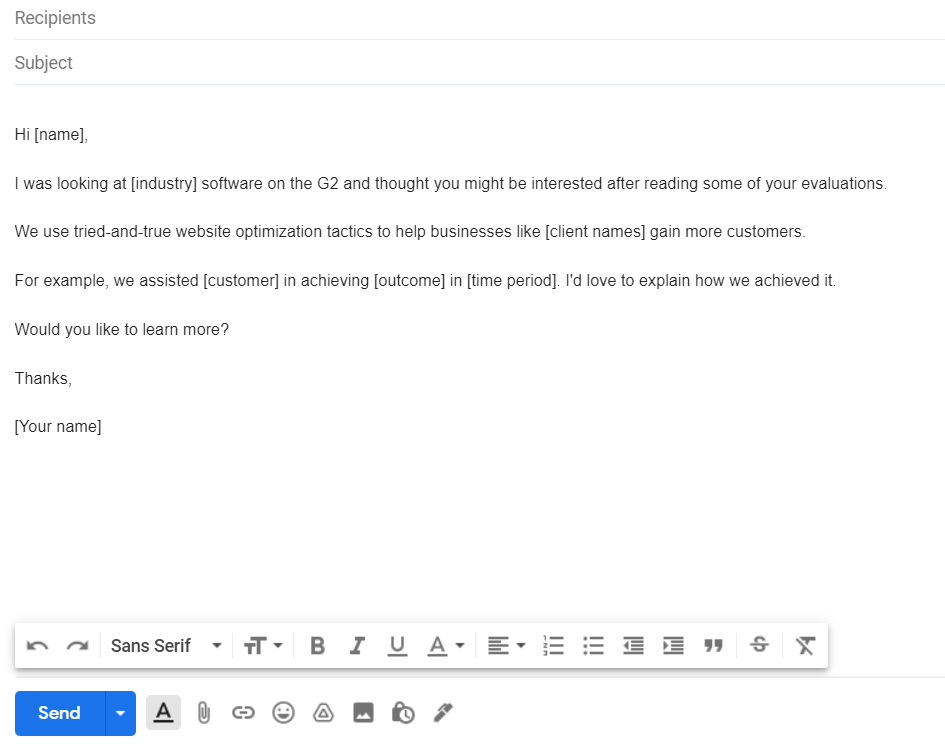
The main goal of result cold emails is to demonstrate results your prospects can achieve using your product or services.
9. Demo Cold Email Example
Use this cold email template to describe your product or service clearly. You can lay out everything you have to offer and demonstrate how it can benefit your recipient.
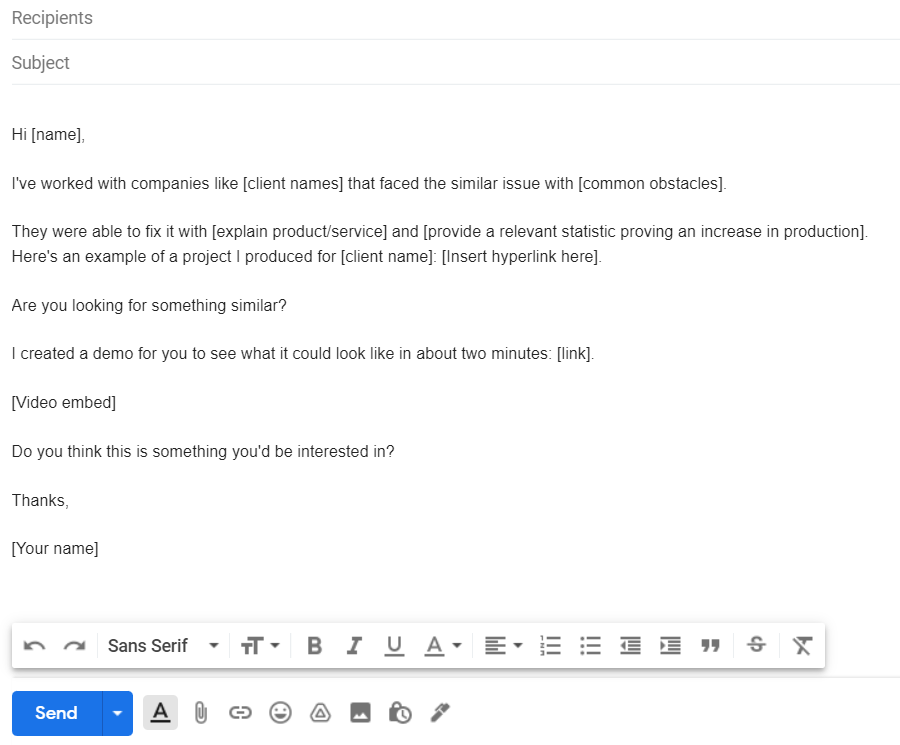
Sharing a brief sample video is frequently a fantastic approach to creating a compelling demo cold email.
Improve Your Cold Outreach Emails Using TextCortex
Congratulations! You have successfully finished the basic course about cold outreach emails.
But, there is one last tip we have on our sleeve.
What if you can consistently create high-quality cold emails with just a few clicks? Sounds tempting, right?
Swimming in the marketing ocean is challenging enough. And to make copywriting a less tedious job, we created TextCortex.
What is that?
It is a use-case module-based AI writing assistant that can write different types of content for you.
TextCortex uses 3 billion sentence knowledge base with the best practices that help our AI writers to generate always unique and human-like output.
Additionally, it will take over 80% of your writing work by generating content within seconds, using only several parameters: keywords, text length, and creativity.
How to use it?
TextCortex is available as a Web application and Chrome extension.
The web application will help you create blog articles, product descriptions and titles, Youtube champions, Ads, social media posts, and cold emails.
However, you do not need to leave the comfort of your writing window to get a desirable cold email form. You can use our Chrome extension to:
- Rewrite sentences for better tone and context.
- Create blog posts from a single sentence.
- Extend your text for more details.
- Shorten the original content.
- Use bullet points to create cold emails.
- Autocomplete your sentences.
Let me show you how to generate cold emails on the fly by using the 'Bullets to email' option:
You can start using TextCortex as a free version at any time.
After you sign up, you will get 10 creations per day that you can enhance by evaluating the tool or recommending it to a friend.
Download our Chrome extension today to see how TextCortext generates the best cold outreach templates for you in seconds while improving your writing abilities and email open rates.

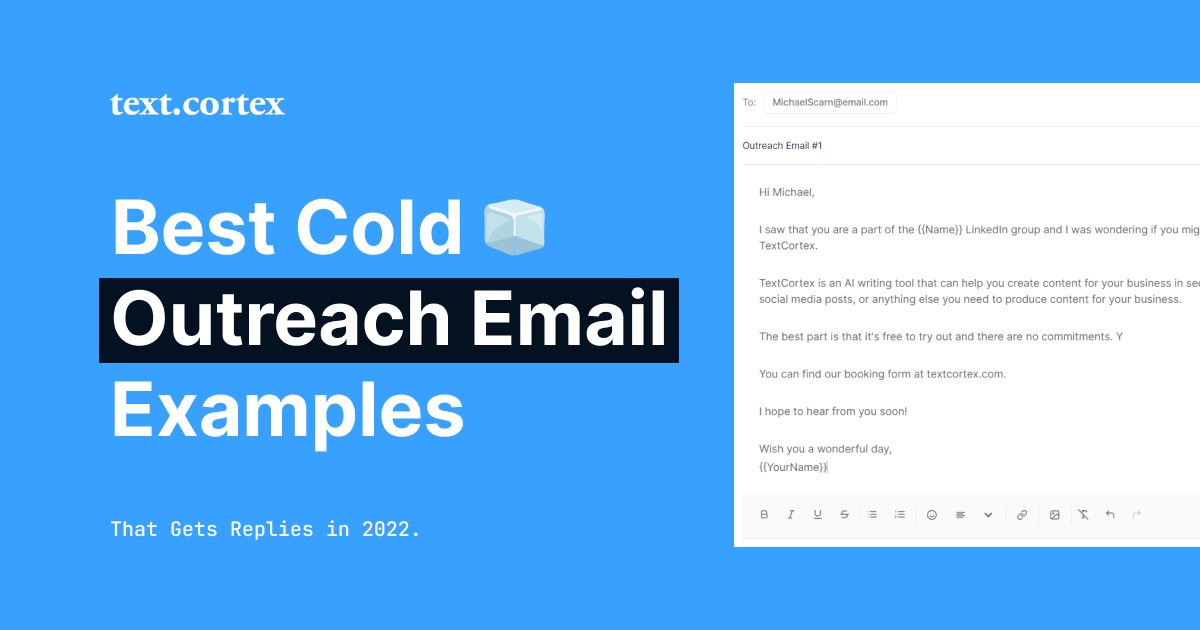
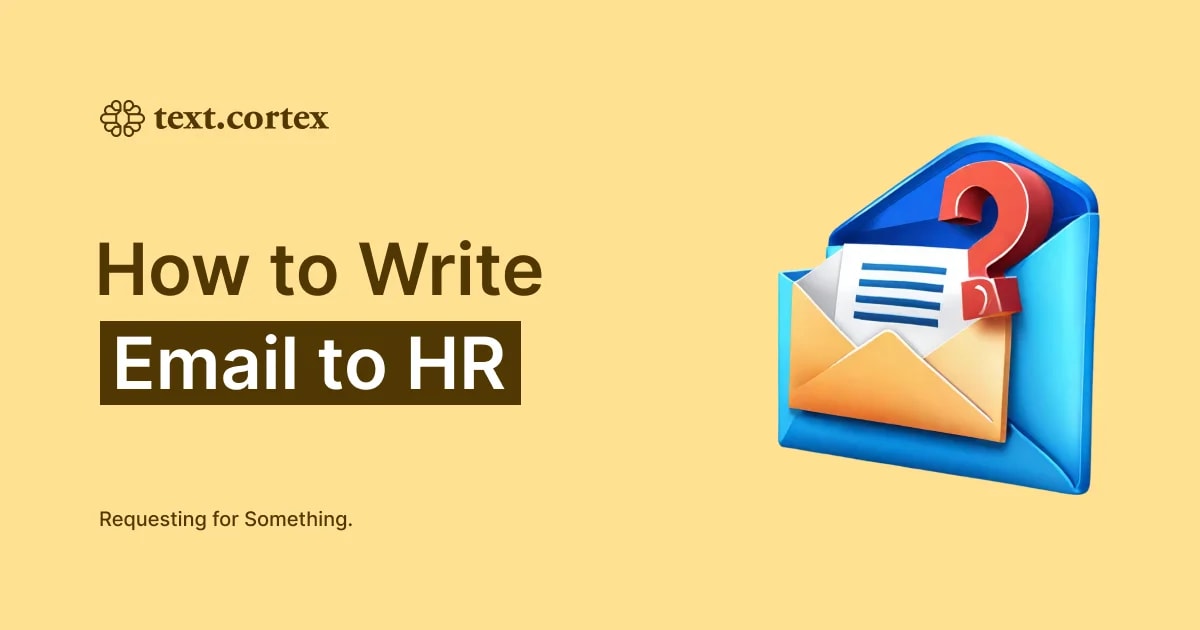
.png)
